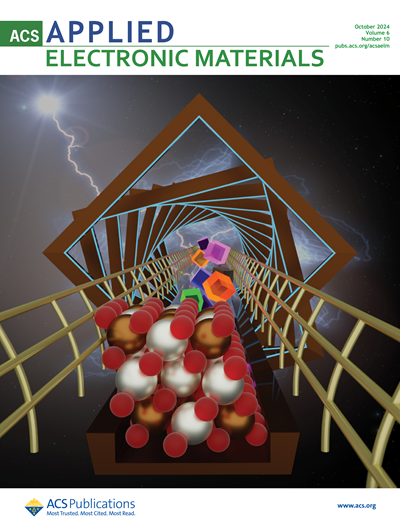Recent advance in electrochemical immunosensors for lung cancer biomarkers sensing
IF 4.7
3区 材料科学
Q1 ENGINEERING, ELECTRICAL & ELECTRONIC
引用次数: 0
Abstract
Lung cancer has a high mortality rate largely due to late-stage diagnosis. Detecting protein and genetic biomarkers through electrochemical immunosensors enables non-invasive early diagnosis. This review discusses recent advances in electrochemical immunosensors for detecting clinically relevant lung cancer biomarkers. The use of nanomaterials like graphene, carbon nanotubes, metal nanoparticles, and conducting polymers in sensor fabrication improves electron transfer kinetics, enhances signal transduction, and allows higher antibody loading. Smart surface immobilization strategies optimize antibody orientation and binding capacity. Amplification approaches utilizing nanomaterials, enzymes, polymers, dendrimers, and DNA nanostructures are applied to enhance output signal per binding event. Various electroanalytical techniques including amperometry, potentiometry, impedance spectroscopy, and voltammetry are employed for quantitative monitoring. Recent immunosensors showcase low detection limits and wide linear ranges for measurement of major biomarkers like carcinoembryonic antigen, neuron specific enolase, and cytokeratin fragment 21-1. Emerging biomarkers such as microRNAs and circulating tumor cells have also been targeted. However, reproducibility, selectivity, multiplexing, and integration with point-of-care platforms need improvement for widespread clinical translation. Overall, electrochemical immunosensors hold immense potential for sensitive, affordable lung cancer diagnosis if ongoing efforts can address current limitations.用于肺癌生物标记物检测的电化学免疫传感器的最新进展
肺癌的死亡率很高,主要是因为诊断较晚。通过电化学免疫传感器检测蛋白质和基因生物标志物可实现无创早期诊断。本综述讨论了用于检测临床相关肺癌生物标志物的电化学免疫传感器的最新进展。在传感器制造过程中使用石墨烯、碳纳米管、金属纳米颗粒和导电聚合物等纳米材料可改善电子转移动力学、增强信号传导并提高抗体负载量。智能表面固定策略可优化抗体定向和结合能力。利用纳米材料、酶、聚合物、树枝状聚合物和 DNA 纳米结构的放大方法可提高每次结合事件的输出信号。定量监测采用了各种电分析技术,包括安培计、电位计、阻抗光谱法和伏安法。最近推出的免疫传感器在测量癌胚抗原、神经元特异性烯醇化酶和细胞角蛋白片段 21-1 等主要生物标记物时,检测限低、线性范围宽。微 RNA 和循环肿瘤细胞等新出现的生物标记物也已成为目标。不过,要广泛应用于临床,还需要改进可重复性、选择性、多重性以及与护理点平台的整合。总之,如果目前的努力能解决目前的局限性,电化学免疫传感器在灵敏、经济的肺癌诊断方面具有巨大的潜力。
本文章由计算机程序翻译,如有差异,请以英文原文为准。
求助全文
约1分钟内获得全文
求助全文
来源期刊

ACS Applied Electronic Materials
Multiple-
CiteScore
7.20
自引率
4.30%
发文量
567
期刊介绍:
ACS Applied Electronic Materials is an interdisciplinary journal publishing original research covering all aspects of electronic materials. The journal is devoted to reports of new and original experimental and theoretical research of an applied nature that integrate knowledge in the areas of materials science, engineering, optics, physics, and chemistry into important applications of electronic materials. Sample research topics that span the journal's scope are inorganic, organic, ionic and polymeric materials with properties that include conducting, semiconducting, superconducting, insulating, dielectric, magnetic, optoelectronic, piezoelectric, ferroelectric and thermoelectric.
Indexed/Abstracted:
Web of Science SCIE
Scopus
CAS
INSPEC
Portico
 求助内容:
求助内容: 应助结果提醒方式:
应助结果提醒方式:


